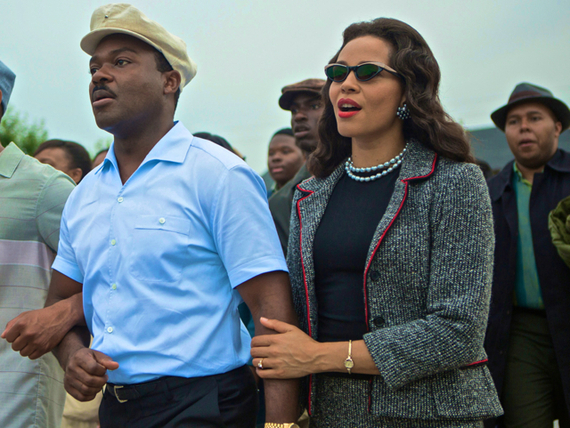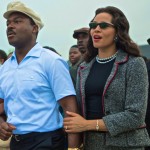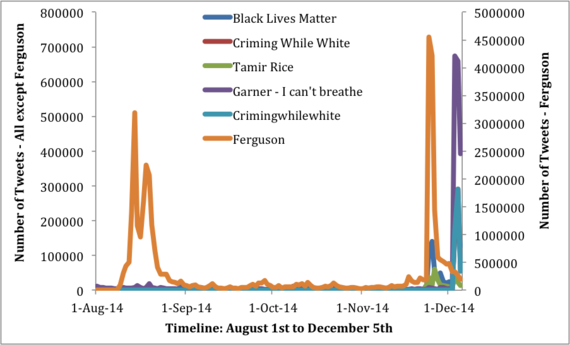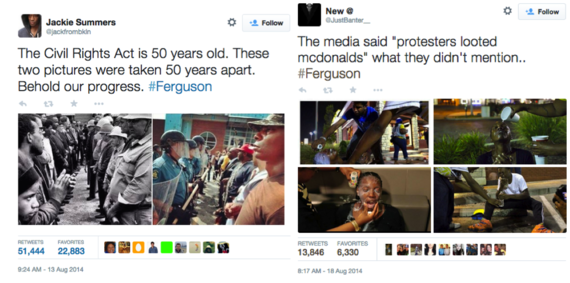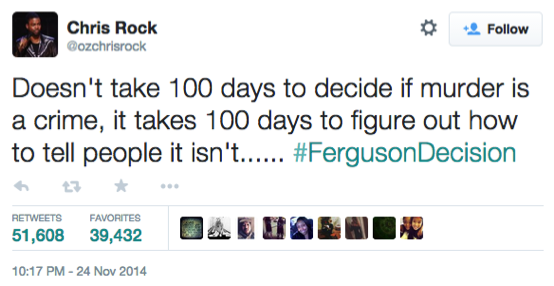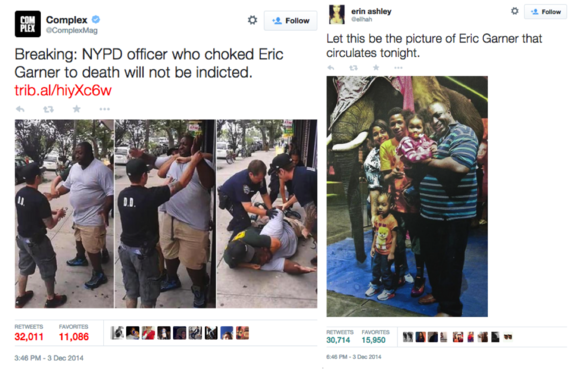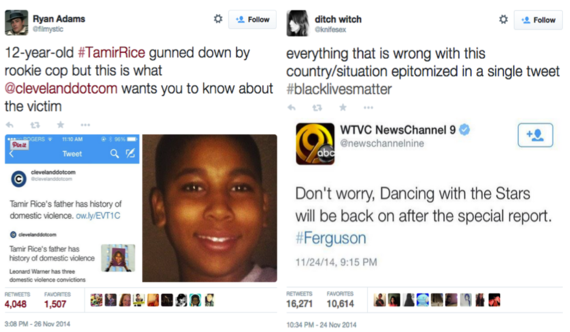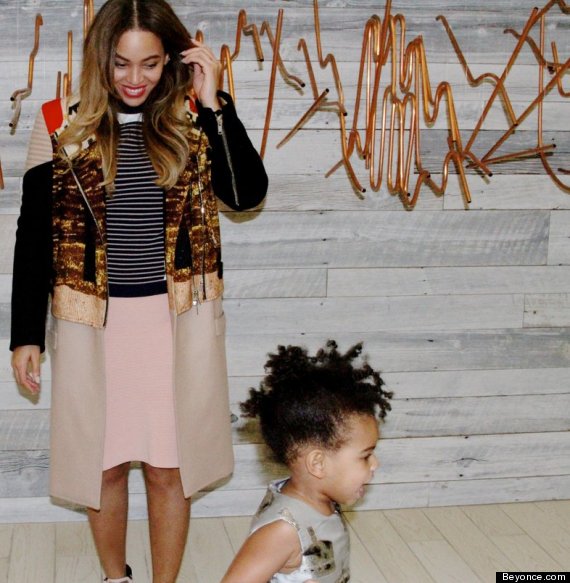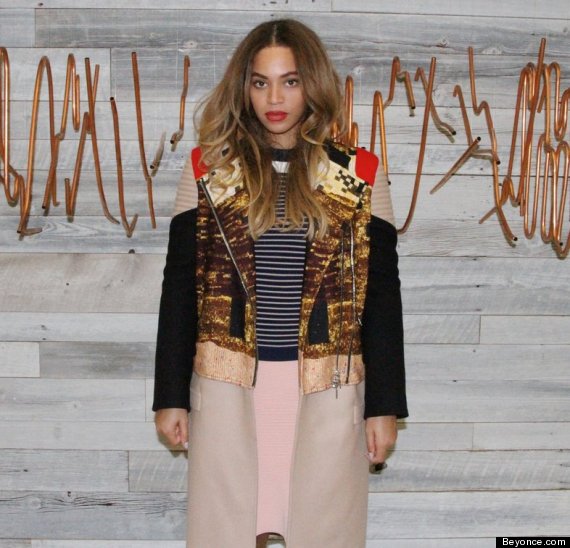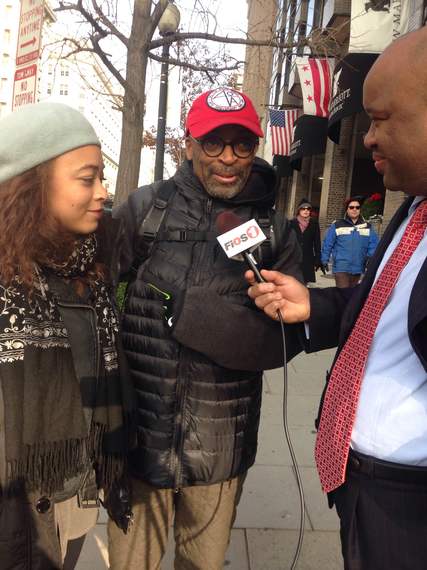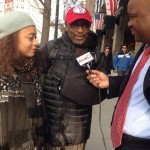
News headlines and social media buzz these past few weeks has put us face to face with the ugliness of police brutality in America. The cry that #blacklivesmatter has grabbed the attention of people from all walks of life, all over the world. There is a feeling that resistance through organized movements is taking America by storm. I recently participated in a #diein with the students at the university where I teach. I frequently engage in online activism. Challenging the epidemic of extrajudicial murder of black people as well as other forms to discrimination are essential to changing the inequities and ending brutality in our nation. While taking it to the streets-style activism is certainly viable, …
News headlines and social media buzz these past few weeks has put us face to face with the ugliness of police brutality in America. The cry that #blacklivesmatter has grabbed the attention of people from all walks of life, all over the world. There is a feeling that resistance through organized movements is taking America by storm. I recently participated in a #diein with the students at the university where I teach. I frequently engage in online activism. Challenging the epidemic of extrajudicial murder of black people as well as other forms to discrimination are essential to changing the inequities and ending brutality in our nation.
While taking it to the streets-style activism is certainly viable, I want to make a case for another form: Art. Taking it to the theater, museum or concert hall allows us to engage with art that is transformative and radical. We must consider the power of art to provoke, reclaim and advocate.
Consider: “Selma” director Ava DuVernay just received several Golden Globe nominations, including the first best director nod for an African-American woman. Although her film about the Rev. Martin Luther King’s historic march at the Edmund Pettis Bridge opens on Christmas Day, Oscar buzz has already begun. “Selma” will not only educate audiences about this watershed moment in the Civil Rights Movement but also help them contextualize current protests.
I also plan to see Chris Rock’s new comedy, “Top Five” and “Beyond the Lights.” Shondaland’s line up of shows are on my must-see docket. Indeed I believe all forms of art– from theater and music to painting and sculpture must go hand in hand with our involvement with protest. It enriches our demands.
Where would the Civil Rights Movement been without protest music? How effective would the Black Power Movement have been without the poetry and plays of the Black Arts Movement? Art is not a retreat from the headlines but a way to understand and process the way the news bear down on your soul. Audre Lorde asserted “poetry is not a luxury.” Well, neither is theater or film or any other art form. Art is a necessity to a people and to protest movements.
Many find art frivolous and not as powerful or effective as policy or laws but there is evidence to the contrary. Blackartmatters because a new study suggests that even whites that believe they are not racist or even prejudice harbor implicit bias against black people. I believe that many blacks harbor negative feelings about other blacks too because living in a society that depicts blacks as less than, dangerous, or other permeates everyone’s consciousness. Remember the 1947 doll test that showed that black children selected a white doll over a black one because they considered them superior? Well, nearly six decades later studies suggest that children of all races still believe that lighter skin is superior.
I encourage us to embrace art, particular black art that heals, testifies and regenerates. Supporting this work is not simply about celebrating the careers of rising entertainment stars, but because the work our entertainers do has an important role to play in the struggle for justice and to catalog its triumphs.
Read more:





















